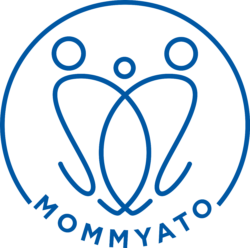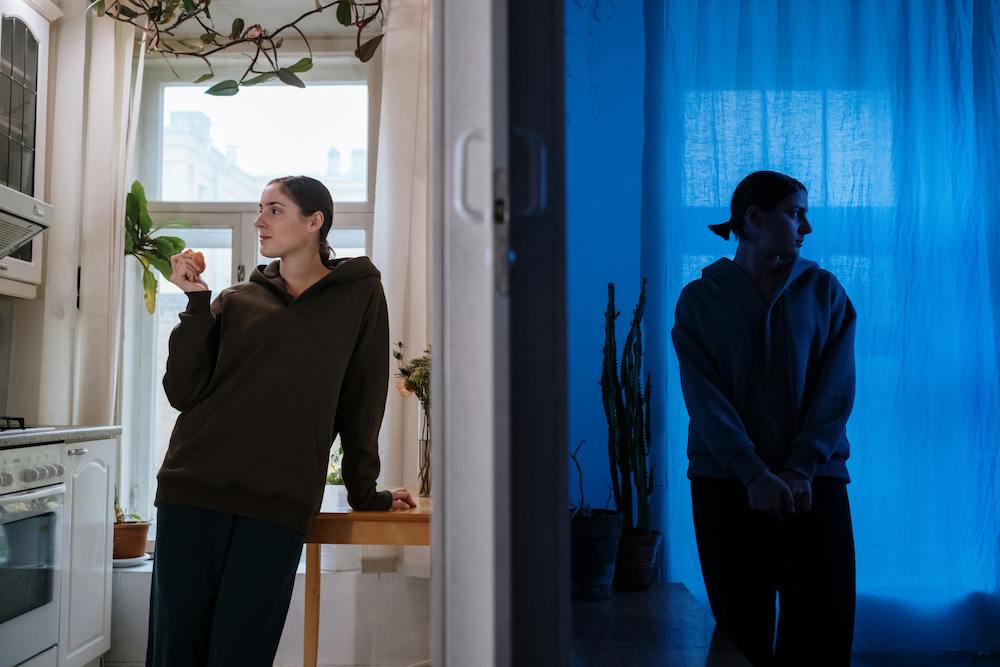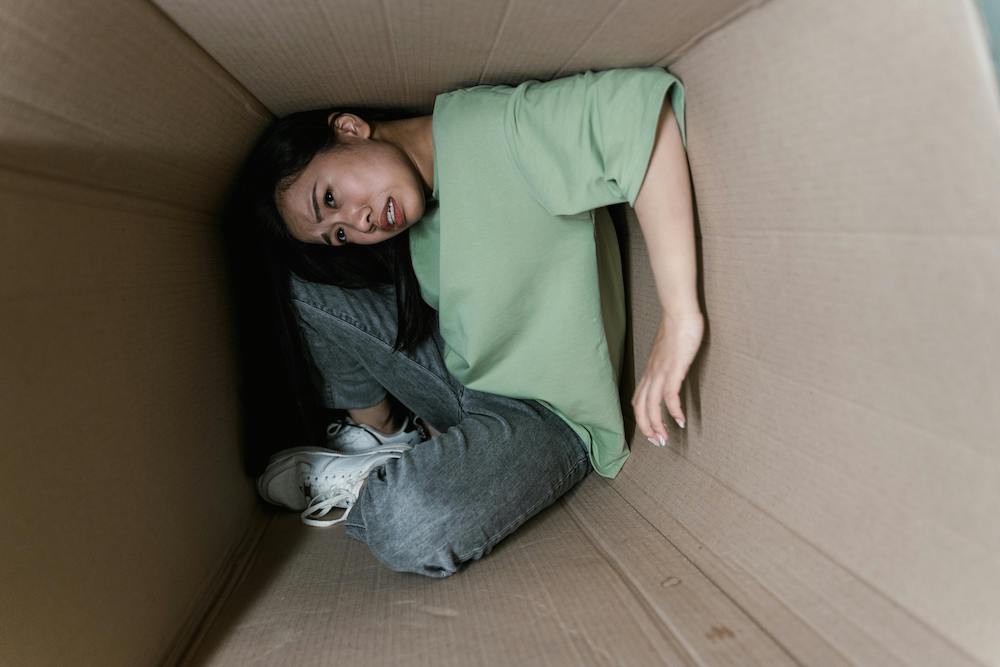PPD Tag
20 May Postpartum Anxiety, Panic & OCD
In honor of Maternal Mental Health in May, let’s look more closely at postpartum anxiety, panic, and obsessive compulsive disorders (OCD). Postpartum anxiety, panic and OCD are part of a broader classification of postpartum mood disorders, which also includes postpartum depression and postpartum psychosis. Postpartum anxiety disorders are very common in women, often occurring immediately or within 4-6 weeks after giving birth. Postpartum anxiety is characterized by fearful and distressing thoughts or feelings after the birth of the baby.04 Oct Postpartum Depression: What you Need to Know
Depression during pregnancy and postpartum is the most common mental health condition Being pregnant and becoming a parent is often a time of joy and excitement. It can also be a time of worry and doubt, especially if this is your first time becoming a parent.5....





